|
Delco
Radio Division of General Motors Corporation in World War Two
Kokomo, IN
1936-1995
Rest in Peace
This page updated 4-24-2018.
Delco Radio was formed when General Motors
purchased the Crosley Radio plant in Kokomo, IN which was manufacturing
automotive radios for Chevrolet. In 1970 it was renamed Delco
Electronics to better capture its total capabilities that had grown more
than just radios as the automobile started to contain more electronics
content. In 1995 it lost its identity as it was consolidated with
part of Inland Division.
In July of 1943 the Continental Can Company
Plant in Terre Haute, IN was occupied by Delco Radio which then
manufactured its anti-radar and IFF radio products there. Delco Radio was awarded the Army-Navy "E"
Award in April of 1943 for its service to the Army Signal Corps.
By the end of the conflict it had added two white stars.
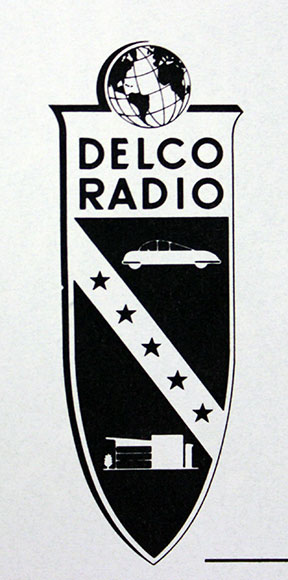
Delco Radio
World War Two Products: Anti-Radar Devices (Radar Jammers.) , IFF
(Identification, Friend or Foe) radio equipment for identification of
aircraft, Ignition testers, Oxygen Flow Indicators, Radios for Tanks,
Interphone Amplifiers, Aircraft Radio Components and Two-Way Field
Radios (Walkie-Talkies), CH 291 battery cases, BC-1335 Receiver
Transmitters.
Delco Radio won the Army-Navy "E" Award with two stars during WWII.
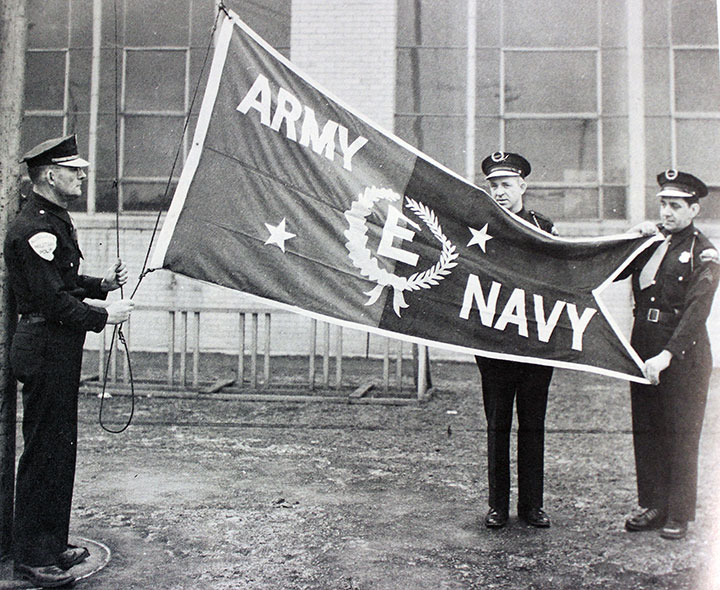
The Delco Radio Army-Navy "E" flag with its
two white stars.
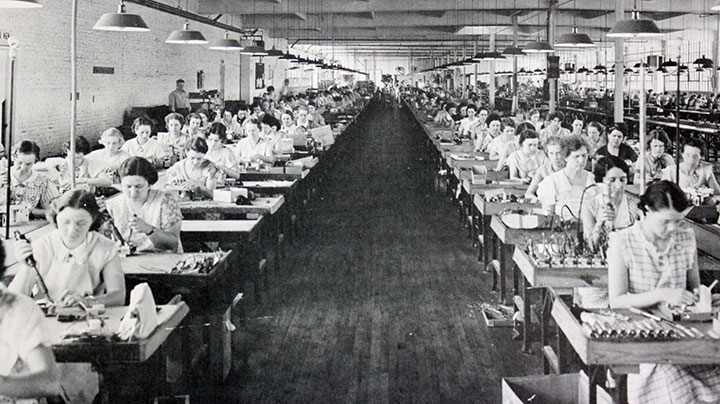
A typical pre-war radio assembly area with
lots of women soldering. During the war it would have looked the
same.
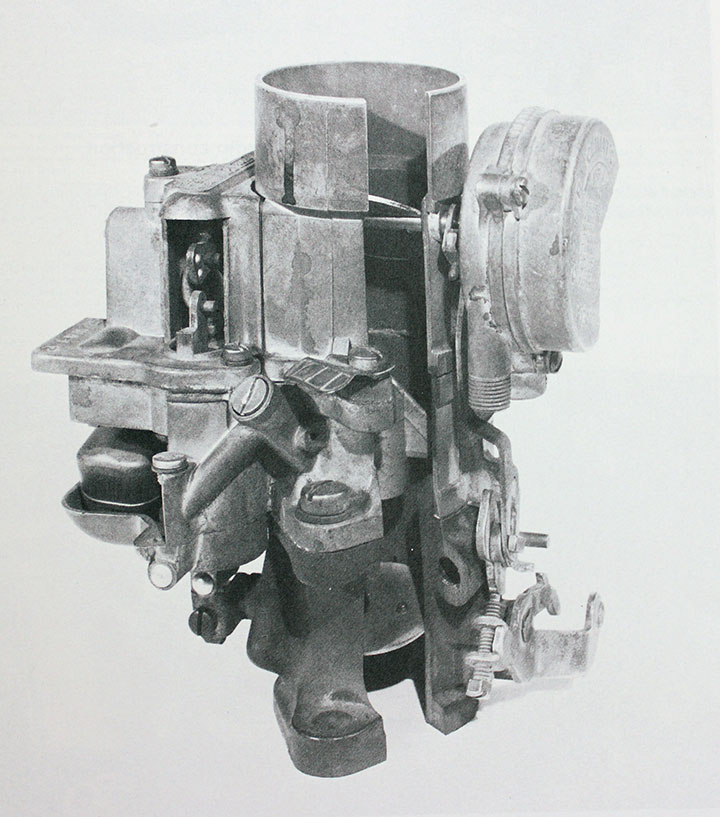
Interestingly enough, this carburetor was a
Delco Radio product in the late 1930s leading up to the Second World
War. Plant Two was built in 1938 for the production of this
product line.
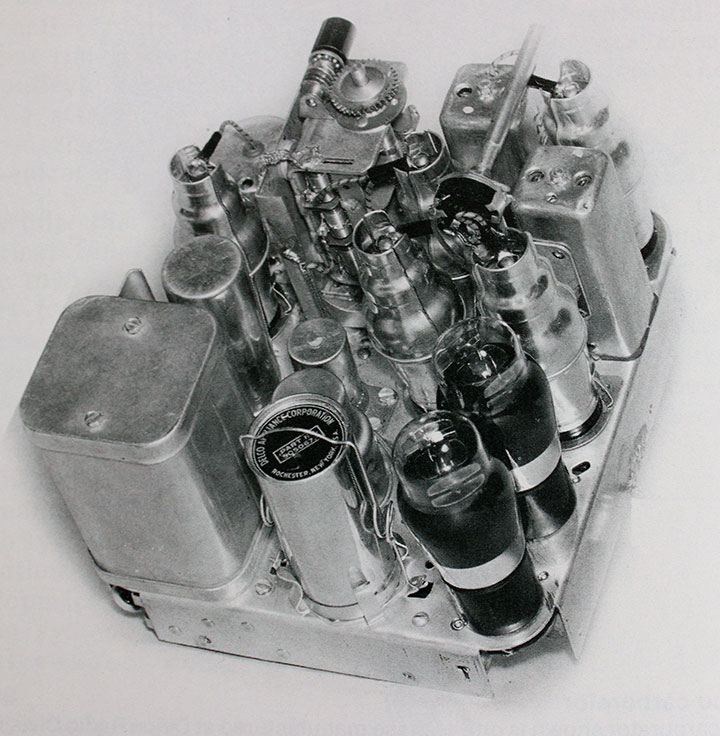
This 1936 Chevrolet radio is more what one
would expect from from this time period.
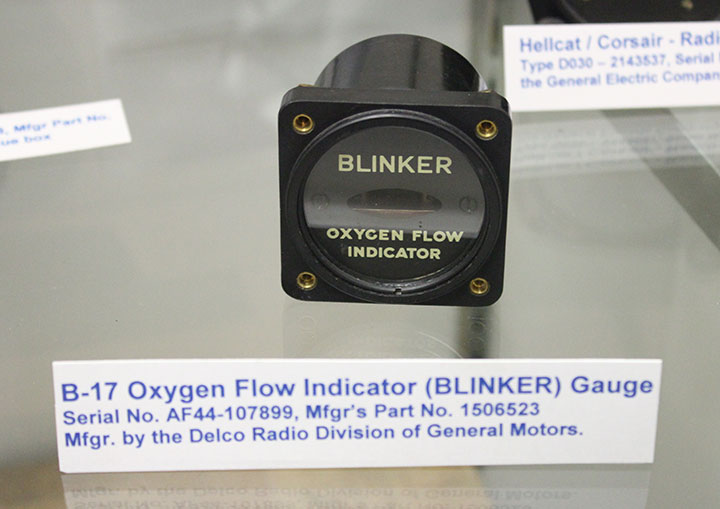
Originally designed by AC Spark Plug Division of GM in Flint, MI,
production of the Oxygen Flow Indicator was transferred to Delco Radio.
At altitudes above 10,000 feet aircrews in World War Two would need oxygen to
stay alive as the oxygen content thinned out. Each crew member on
an aircraft would have one of these indicators which blinked when oxygen
was flowing. It was an important visual aid the crewman could use
to quickly verify his all important oxygen was flowing. Author's
photo from the National Military History Center in Auburn, IN.
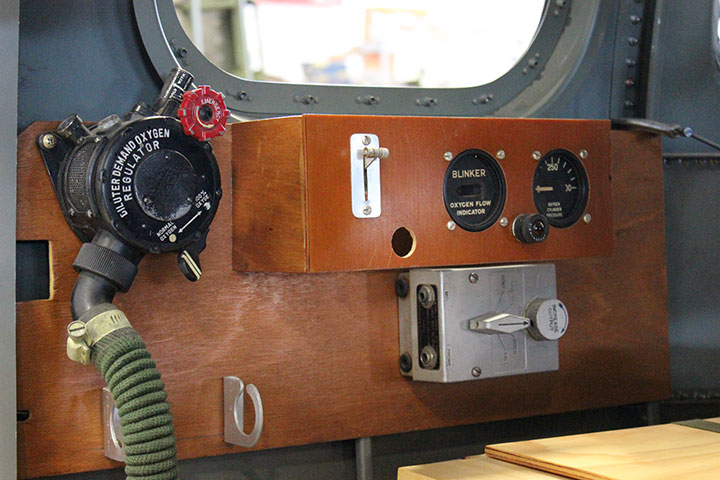
This photo from the bombardier's position on a B-17 undergoing
restoration shows how the Delco Radio built Blinker was part of the crew
member's entire oxygen system. Author's photo from the Champaign
Aviation Museum in Urbana, OH.
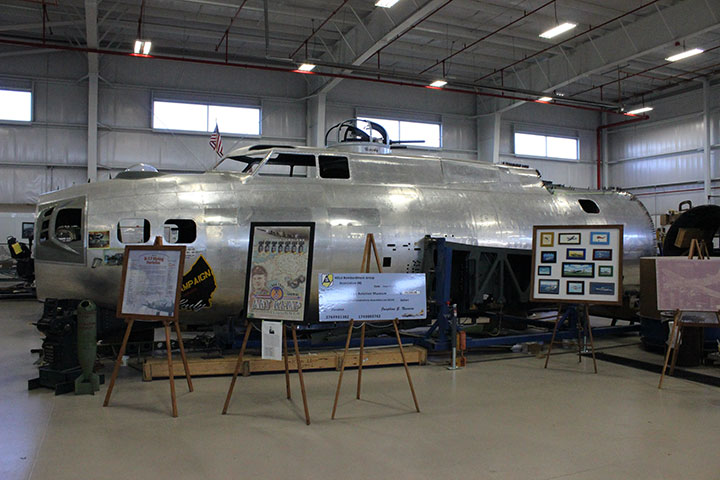
The "Champaign Lady" is a B-17 undergoing restoration at the Museum.
Author's Photo.
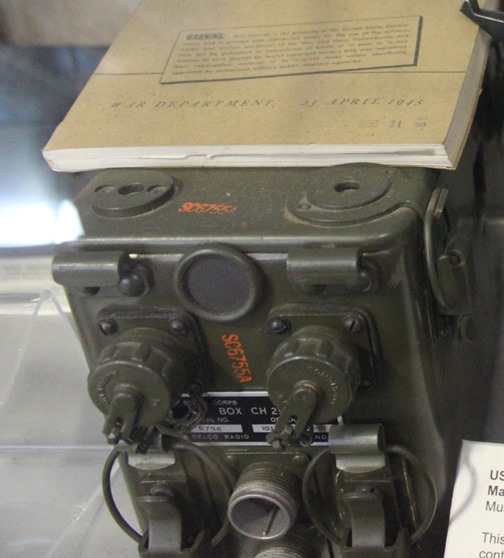
This CH 291 battery case built by Delco
Radio in 1945 is on display at the Museum of the Soldier in Portland,
IN. This photo was taken by the author in September 2014.
Photo added 4-24-2018.
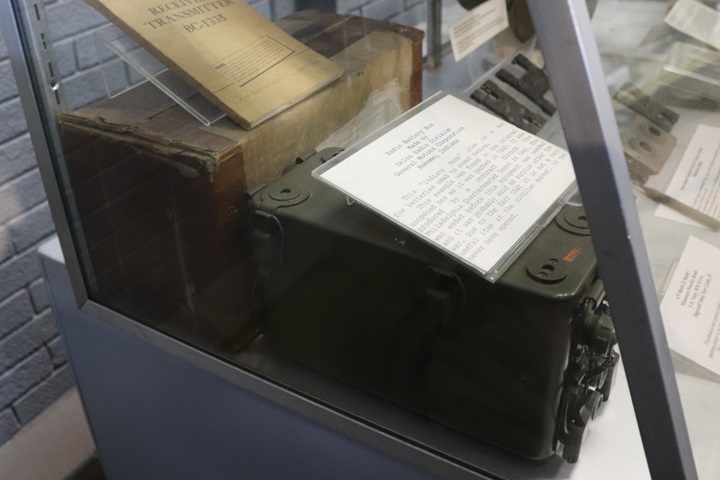
The next four photos were taken in April
2018 after the battery box had been relocated to a different display
area in the museum. The cardboard box behind the battery box is
the original shipping carton. Author's photo added 4-24-2018.
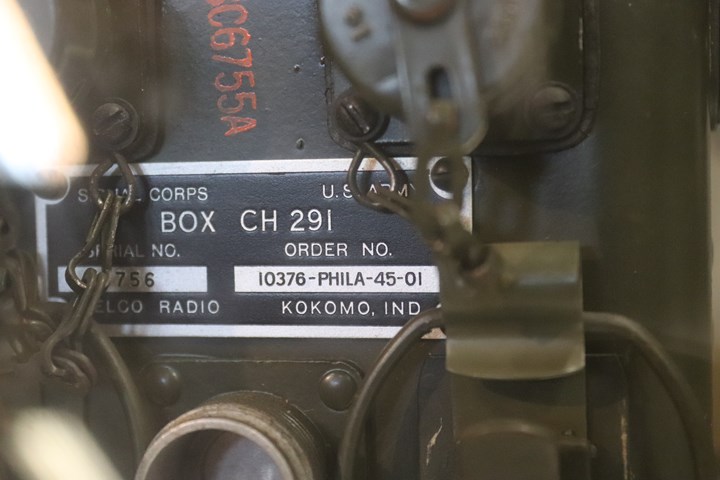
Author's photo added 4-24-2018.
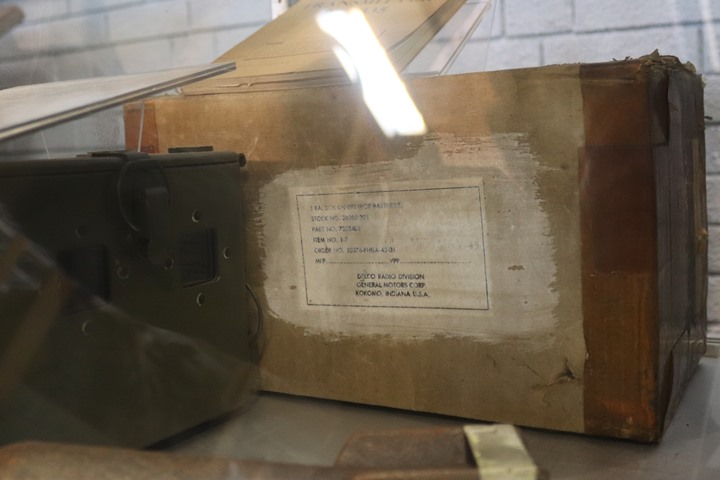
Author's photo added 4-24-2018.
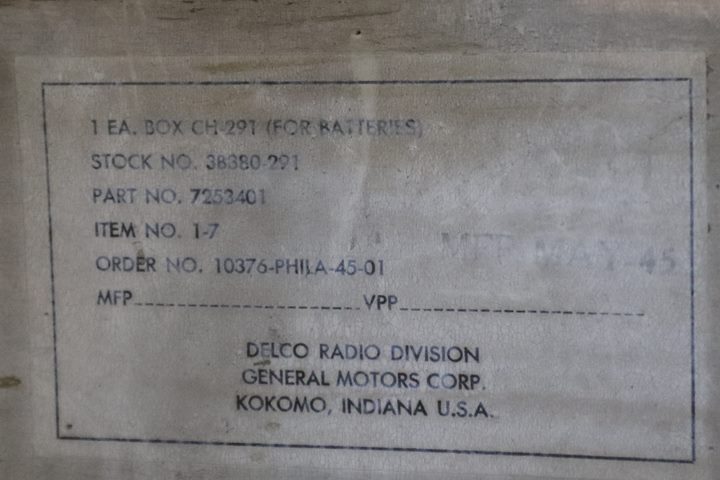
Author's photo added 4-24-2018.
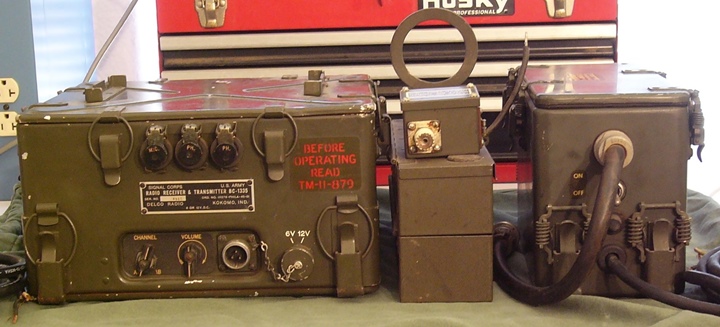
The CH-291 battery box was used with the
BC-1335 Receiver Transmitter which was used in late World War Two.
Delco Radio was one of several manufacturers of this unit. photo added
4-24-2018.
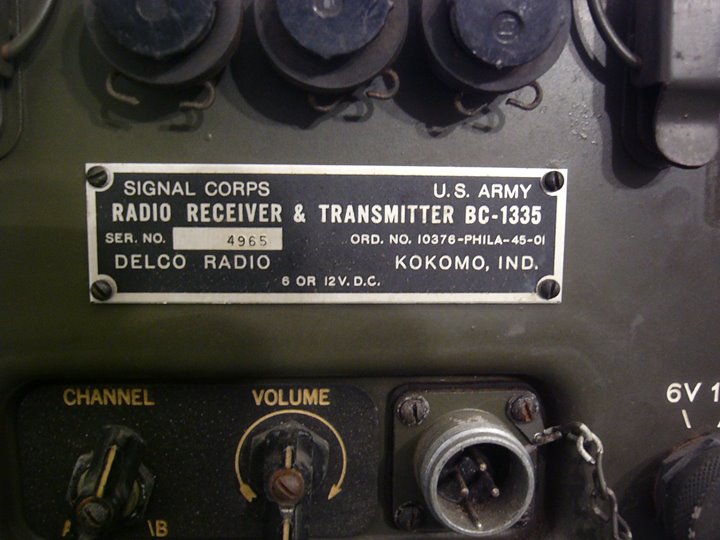
photo added 4-24-2018.
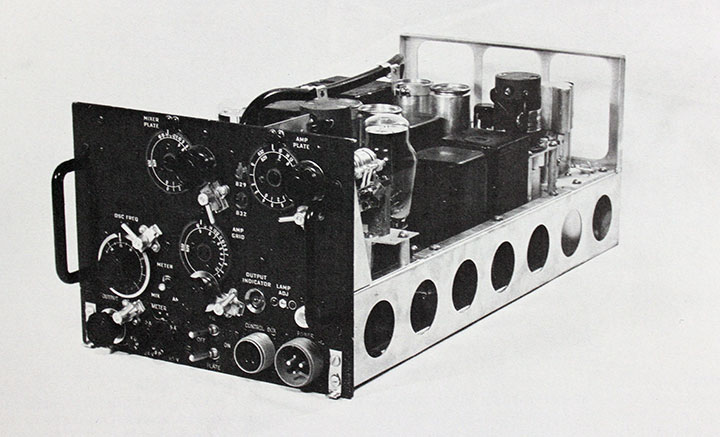
Pictured here is a Delco Radio World War Two
Radar Jammer.
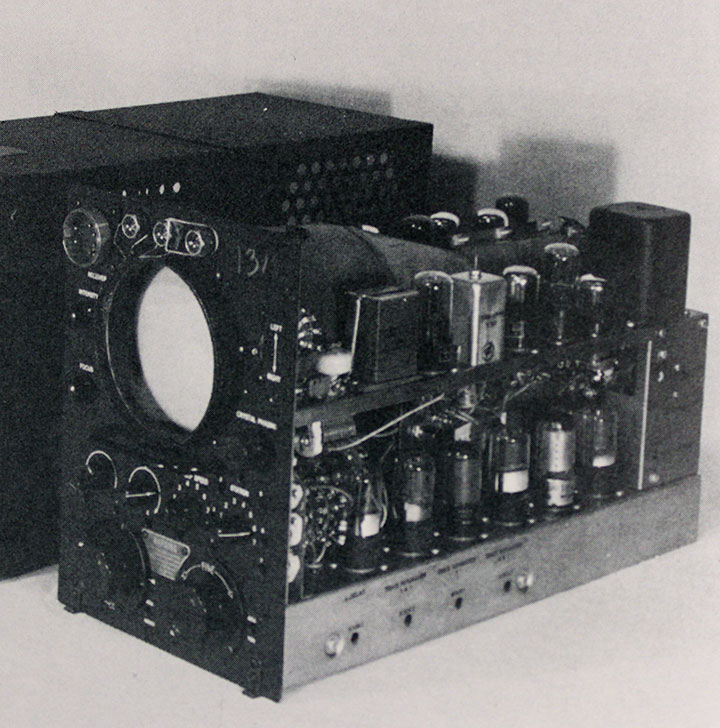
This is identified as a Delco Radio
Navigation Indicator. As there is a cathode ray tube in the unit
this could have been using radar to locate the location of an aircraft.
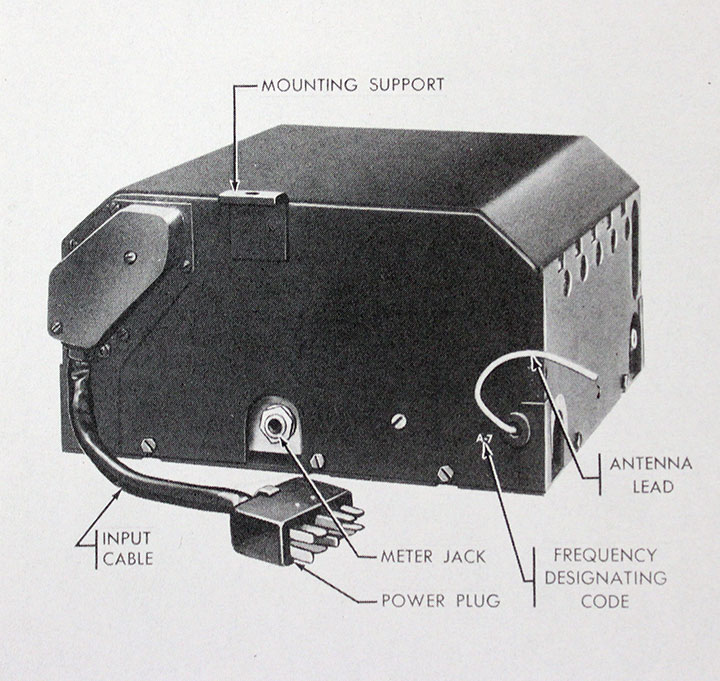
This was the electronic control unit for a
"Razon" Bomb for which develop occurred during WWII. The "Razon"
is what we would call today a smart bomb and was a 1000 pound device.
Development did not produce a working bomb in WWII but in Korea B-29s
dropped 489 of the units. The bombardier would control the bomb
with the unit above by radio signals from the aircraft.
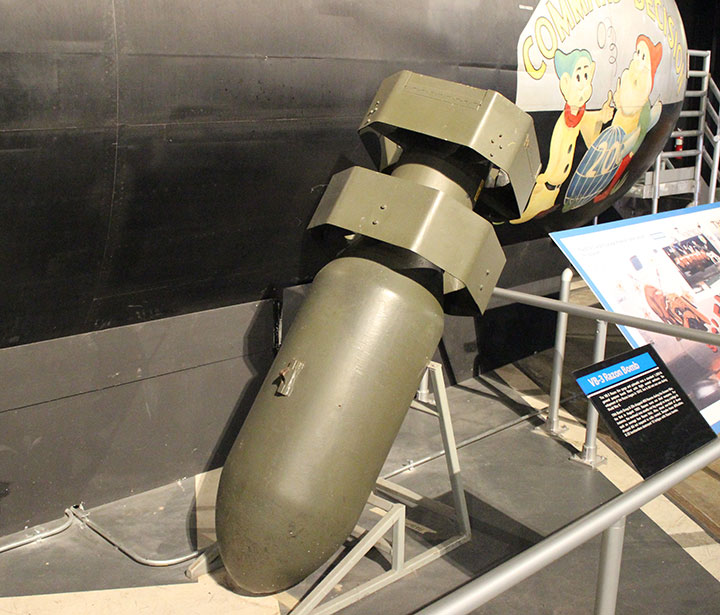
A Razon bomb on display at the Air Force
Museum in Dayton, OH. Author's photo.
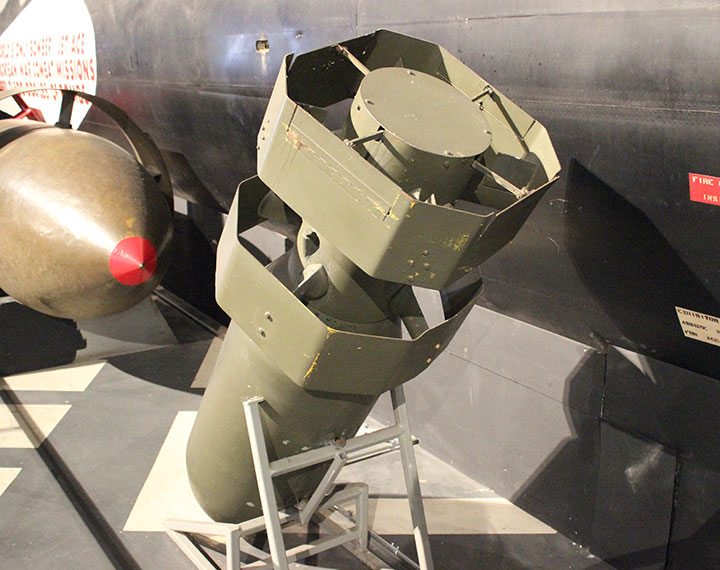
This gives a little better prospective of
the fins that would be controlled via the Delco Radio electronics
control unit which in turn was controlled by the bombardier via radio
signals. Author's photo.
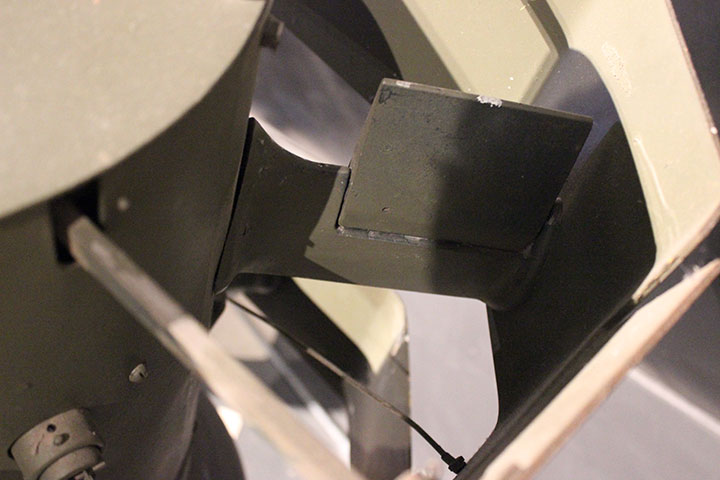
Author's photo.
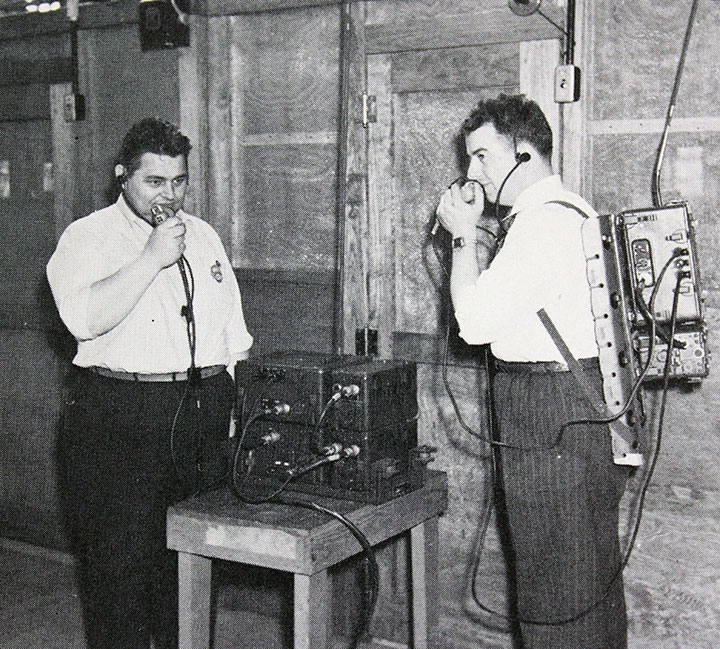
In this obviously staged photo two engineers
check out a Delco Radio "Walkie-Talkie". The term in the Second
World War indicated a radio that could be carried on a soldier's back
that could be operated while he has walked. Today the term means a
hand-held device. In World War Two hand-helds were known as
"Handy-Talkies".
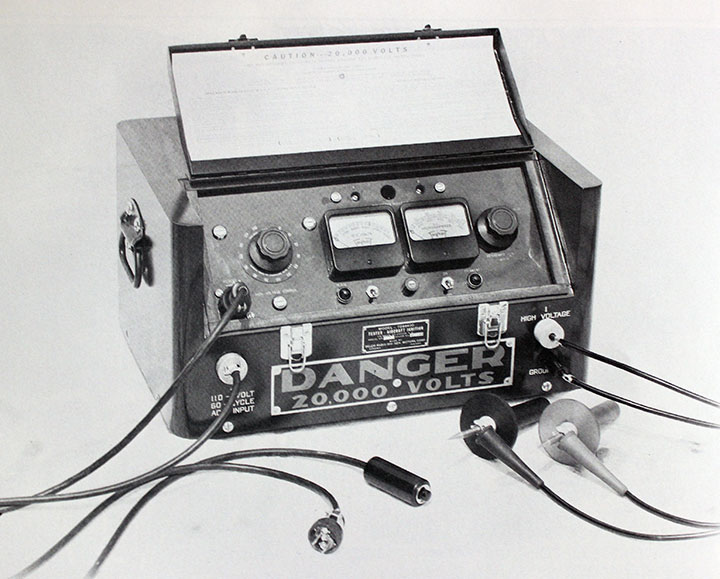
Delco Radio during the Second World War
produced this aircraft ignition tester.
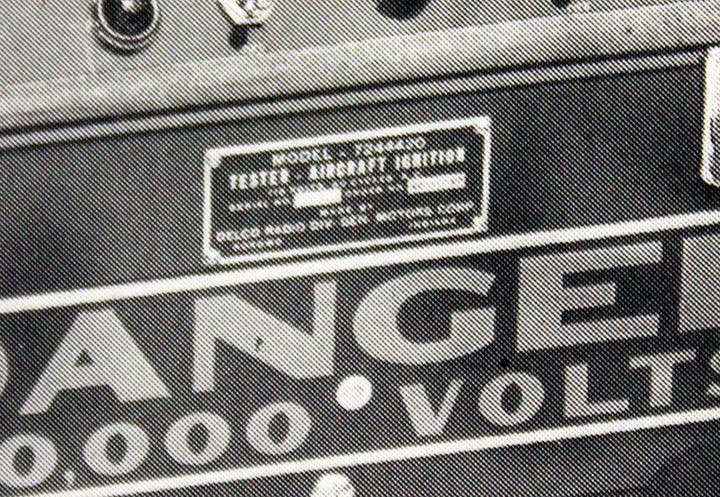
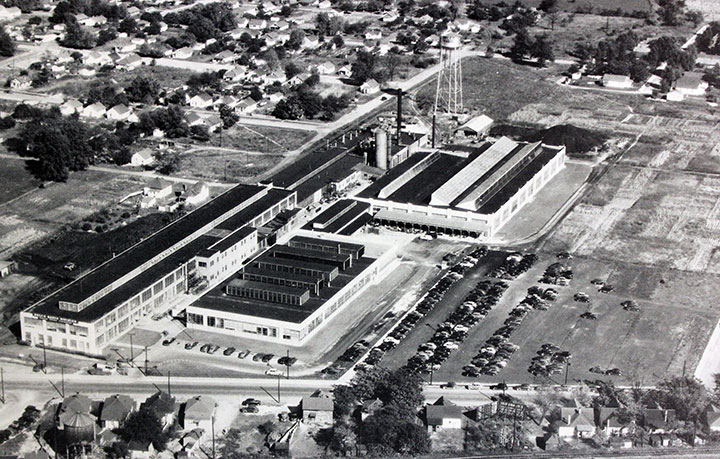
This World War Two era photos shows Delco Radio Plants 1, 2, and 3.
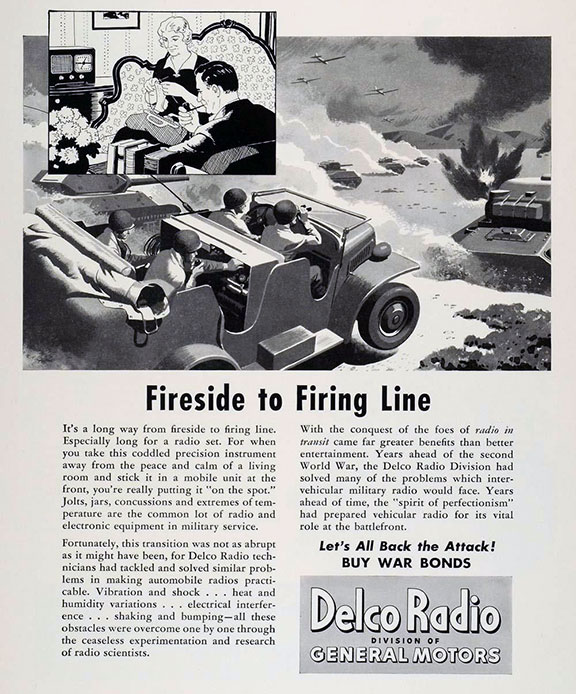
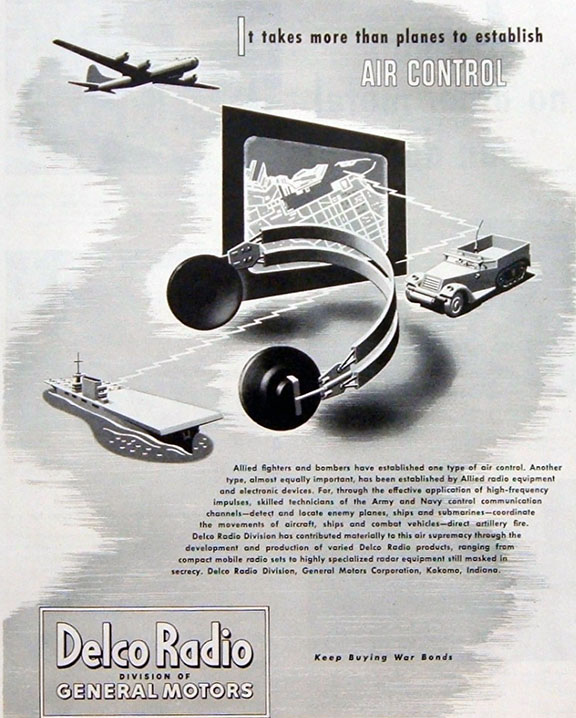
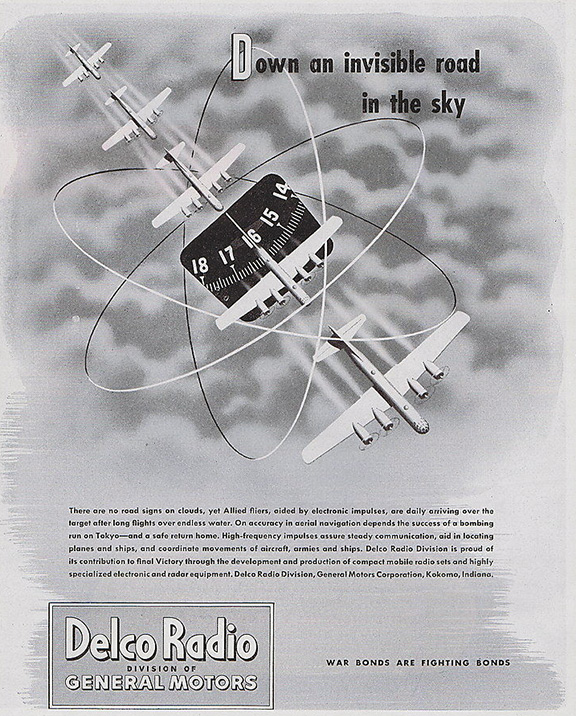
|



























